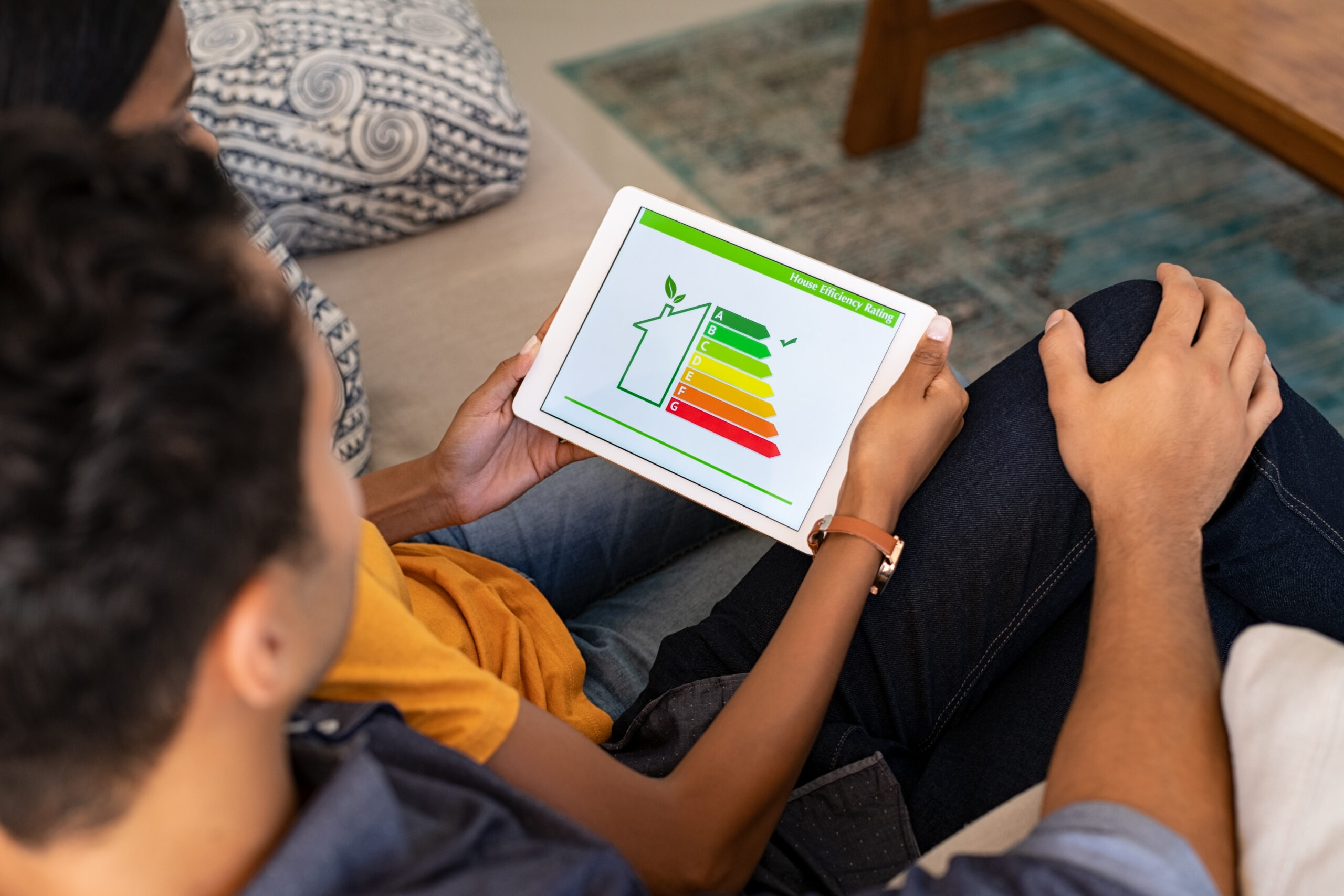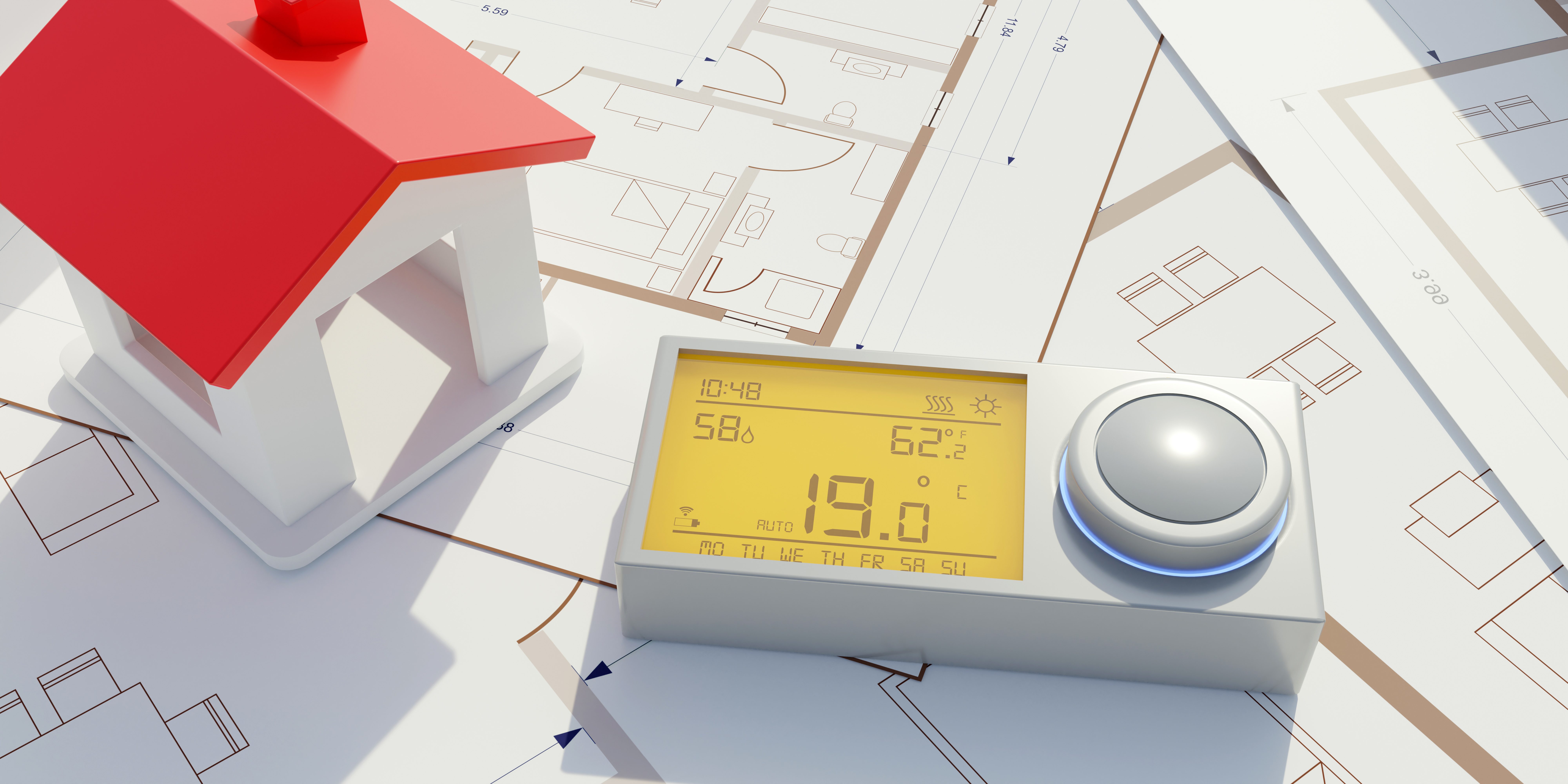
Heat Recovery Technology
Introduction
In the quest for energy-efficient and sustainable solutions, technology has played a pivotal role in revolutionizing the way we heat, cool, and ventilate our homes. One such groundbreaking innovation is heat recovery technology, a system designed to capture and reuse otherwise wasted heat, leading to significant energy savings and reduced environmental impact. In this article, we will explore the concept of heat recovery technology, how it works, and the manifold benefits it offers for sustainable living.
Understanding Heat Recovery Technology
Heat recovery technology is a process that captures and recycles heat from various sources, such as ventilation air, wastewater, or industrial processes, that would otherwise be lost or released into the environment. This recovered heat is then repurposed for space heating, water heating, or other energy-intensive applications, making it an invaluable tool for reducing energy consumption and greenhouse gas emissions.
How Does Heat Recovery Technology Work?
Heat recovery systems come in several forms, each tailored to capture and utilize heat from specific sources:
a. Ventilation Heat Recovery (HRV/ERV):
HRV (Heat Recovery Ventilation) and ERV (Energy Recovery Ventilation) systems recover heat from the exhaust air expelled from a building.
These systems transfer the heat to the incoming fresh air, ensuring that the building is consistently ventilated with minimal heat loss.
b. Waste Water Heat Recovery:
This technology captures the heat from wastewater, such as shower water, bathwater, or sink water.
The recovered heat is used to preheat the incoming cold water supply, reducing the energy required to heat water for domestic use.
c. Industrial Heat Recovery:
Industries can use heat recovery technology to capture and repurpose heat generated during various manufacturing processes.
The recovered heat can be used to fulfill on-site heating needs or for powering other industrial processes, minimizing energy wastage.
Advantages of Heat Recovery Technology
Heat recovery technology offers an array of advantages that make it an indispensable component of sustainable living:
a. Energy Efficiency: By recycling wasted heat, these systems significantly reduce the energy required for space heating, water heating, and ventilation.
b. Cost Savings: Lower energy consumption translates into reduced utility bills, leading to long-term cost savings for homeowners and businesses.
c. Environmental Impact: Heat recovery technology reduces reliance on fossil fuels and lowers greenhouse gas emissions, supporting global efforts to combat climate change.
d. Improved Indoor Air Quality: HRV and ERV systems maintain a constant supply of fresh air while recovering heat from the exhaust air, promoting healthier indoor environments.
e. Renewable Energy Synergy: Heat recovery complements renewable energy sources like solar and wind power, enhancing overall energy efficiency and resilience.
4. Applications of Heat Recovery Technology
Heat recovery technology finds applications in various sectors, including residential, commercial, and industrial settings:
a. Residential: Heat recovery ventilation systems are commonly used in homes, ensuring proper ventilation without sacrificing indoor heat.
b. Commercial Buildings: Large office complexes, schools, and healthcare facilities can benefit from heat recovery systems, optimizing indoor air quality and energy usage.
c. Industrial Processes: Heat recovery plays a crucial role in industries with high-temperature processes, where recovered heat can be recycled for space heating or used for process heating.
Considerations and Implementation
When considering heat recovery technology for a property, several factors must be taken into account:
a. System Sizing: The size and capacity of the heat recovery system should align with the property’s heating, cooling, and ventilation needs.
b. Installation and Maintenance: Proper installation by qualified professionals is essential for optimal system performance. Regular maintenance ensures efficient operation over time.
c. Building Design: Integrating heat recovery into the building’s design at the planning stage enhances its effectiveness and efficiency.
Conclusion
Heat recovery technology is a revolutionary approach to sustainable living, allowing us to reclaim and reuse otherwise wasted heat for our heating, cooling, and ventilation needs. By harnessing energy efficiency and reducing our dependence on conventional energy sources, heat recovery technology contributes significantly to mitigating the impact of climate change. Embracing this innovative technology not only benefits our wallets with lower energy costs but also preserves our planet for future generations. As we continue to explore and adopt cutting-edge technologies like heat recovery, we pave the way towards a greener, more sustainable, and energy-responsible future.



